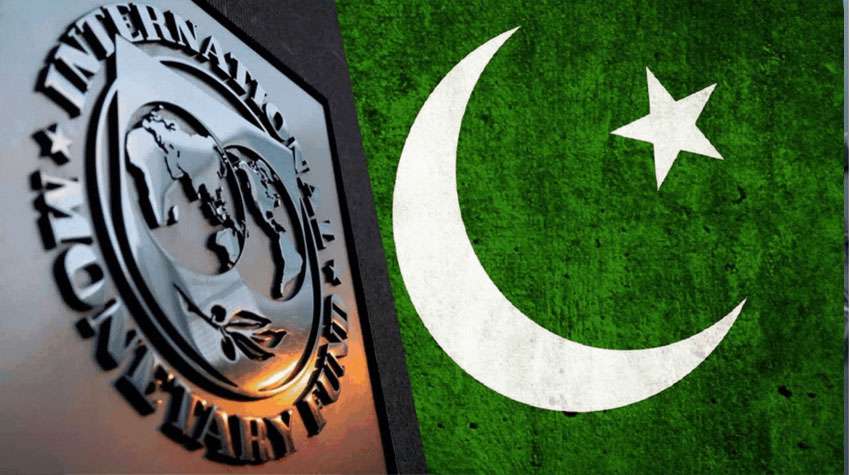Pakistan will become the fourth largest borrower from the International Monetary Fund (IMF) in the globe after receiving an additional $3 billion in loans from the global lender over the next nine months.

Pakistan ranked fifth on the list of countries that borrowed the most from the IMF as of March 31, 2023, according to data provided by the lender.
Pakistan will move up to fourth place after receiving an additional $3 billion over the next nine months under the provisional agreement made two days ago.
Previously, Argentina ranked first in terms of IMF loans with $46 billion, followed by Egypt with $18 billion, Ukraine with $12.2 billion, Ecuador with $8.2 billion, and Pakistan with $7.8 billion.

Pakistan will now surpass Ecuador to become the fourth-largest borrower from the International Monetary Fund (IMF).
As of March 31 of this year, according to IMF statistics, the global lender had issued loans totaling $155 billion or 115.2 billion special drawing rights (SDRs) to support ailing economies and balance the world’s financial position.
This dollar amount was calculated using IMF data indicating that the value of an SDR on March 31, 2015 was $1.345.
The global lender uses the SDR as a unit of account to determine the value of the assistance it provides to its member nations.
Despite the fact that 93 countries owe money to the IMF, the top 10 debtors, including Pakistan, are responsible for 71.7% of the $155 billion in outstanding debt.
Pakistan also claims the “title” of being the largest Asian borrower from the IMF.
Other Asian nations that borrowed from the IMF, such as Sri Lanka, Nepal, Uzbekistan, the Kyrgyz Republic, Armenia (West Asia), and Mongolia, lag far behind Pakistan.

In August 2022, the IMF granted Pakistan $1.1 billion as part of a $6.5 billion program agreed upon in July 2019.
Pakistan confronts an acute balance of payments crisis due to the repercussions of the conflict in Ukraine and domestic issues.
Only 19 of the IMF’s members have debts of at least $1 billion.
Instead of trumpeting the sanction of a loan from the global lender under the standby arrangement, Pakistan’s high ranking on the list of IMF borrowers necessitates sustainable development by rescuing the nation from its debt trap.
Pakistan should adopt a comprehensive plan to move in this direction.

